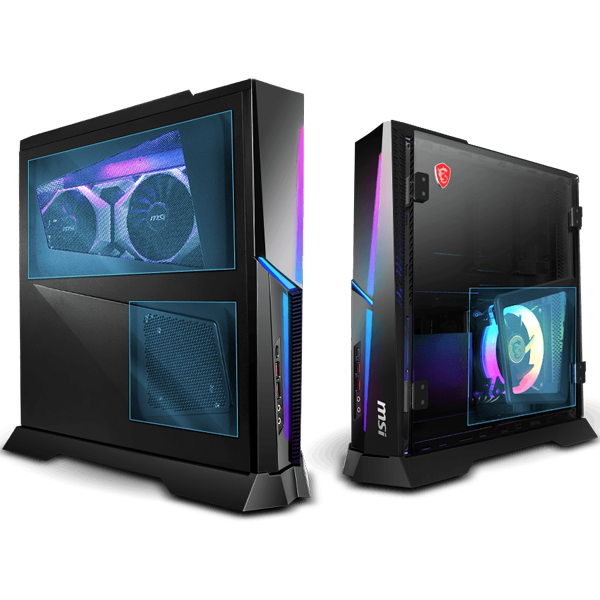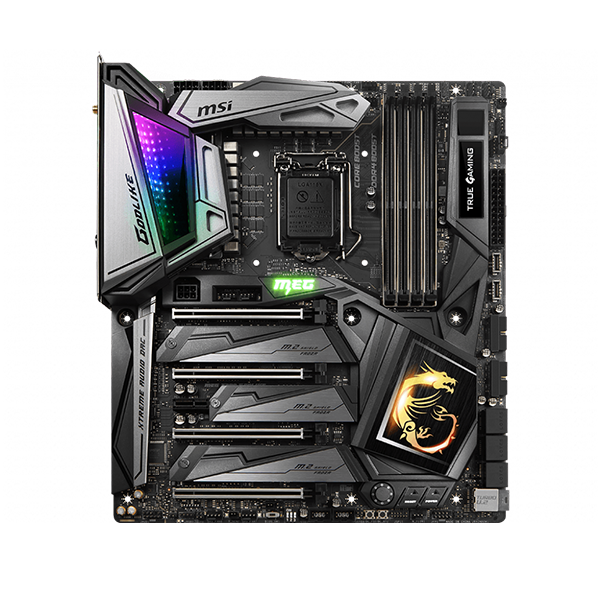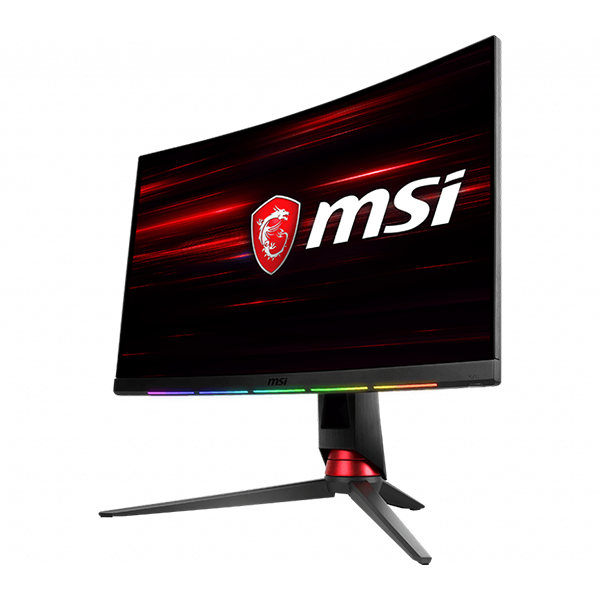[Motherboard] How to Refresh BIOS via Flash BIOS Button?
If your motherboard experiences BIOS faults or fails to boot, you may need to refresh the motherboard BIOS using the Flash BIOS Button without a CPU and RAM. Please follow the steps below:
Note: This feature is only available on models with the Flash BIOS Button. For models that do not support this feature, please refer to [Motherboard] How to update BIOS? for BIOS updates.
Creating a Refresh USB Flash Drive
1. Prepare a USB flash drive and format it to FAT32 format. Click "OK" to confirm. (If your USB flash drive is already in FAT32 format, please skip this step.)

2. Visit the MSI Official Website to find and download the latest BIOS version corresponding to your motherboard model.

3. Once you have downloaded the BIOS file, click "Extract all" and then "Extract" to unzip the file.

4. Rename the unzipped BIOS file to "MSI.ROM" and click "Yes". Copy the renamed file to your prepared USB flash drive. Once this step is completed, you have created a USB flash drive for BIOS refresh.

Refreshing BIOS via Flash BIOS Button
Note: Not every model supports this feature. You can check on the official website or look for markings on the motherboard (usually appear as one of the two types of physical buttons shown in the image below). Models without the Flash BIOS Button do not support this feature.

1. Connect the CPU power to the CPU_PWR1 position.

2. Connect the 24-pin power connector to the motherboard.

3. Insert the USB flash drive containing the MSI.ROM file into the USB port labeled "BIOS" on the rear I/O panel.

4. Press the Flash BIOS Button; the indicator light will flash frequently. When the light goes off, it indicates a successful BIOS refresh on your computer.
Note: Do not power off or shut down during the BIOS refresh process, as this may cause damage to the BIOS chip.




